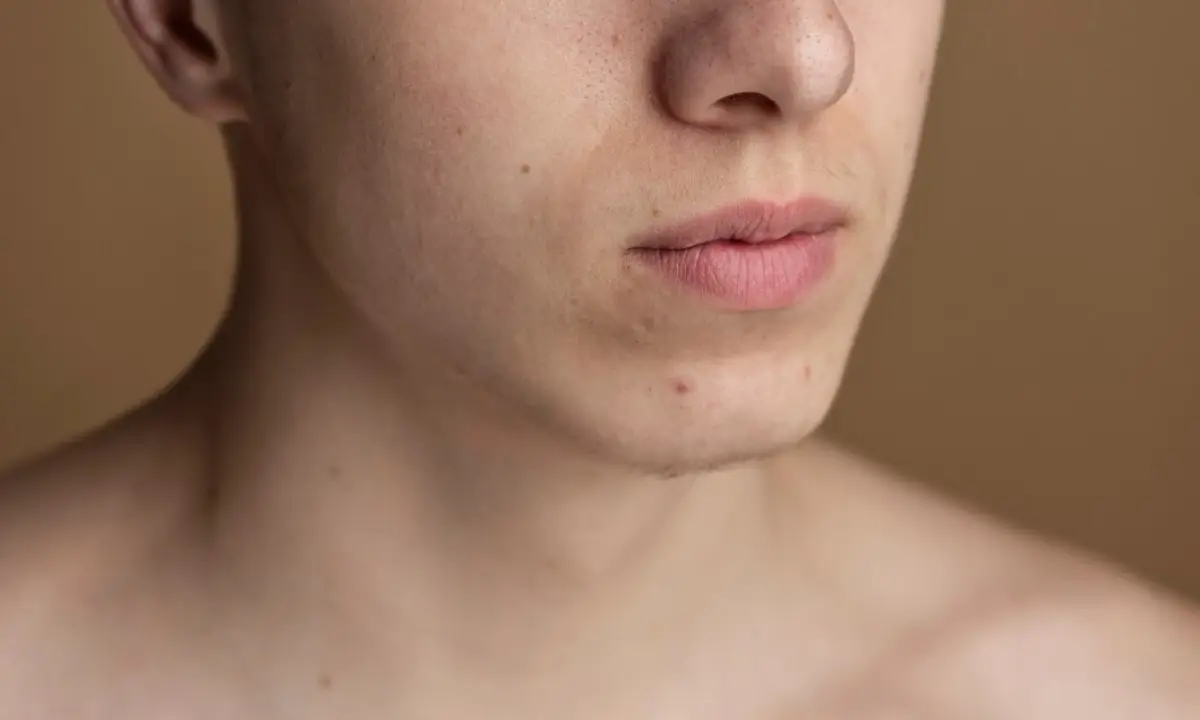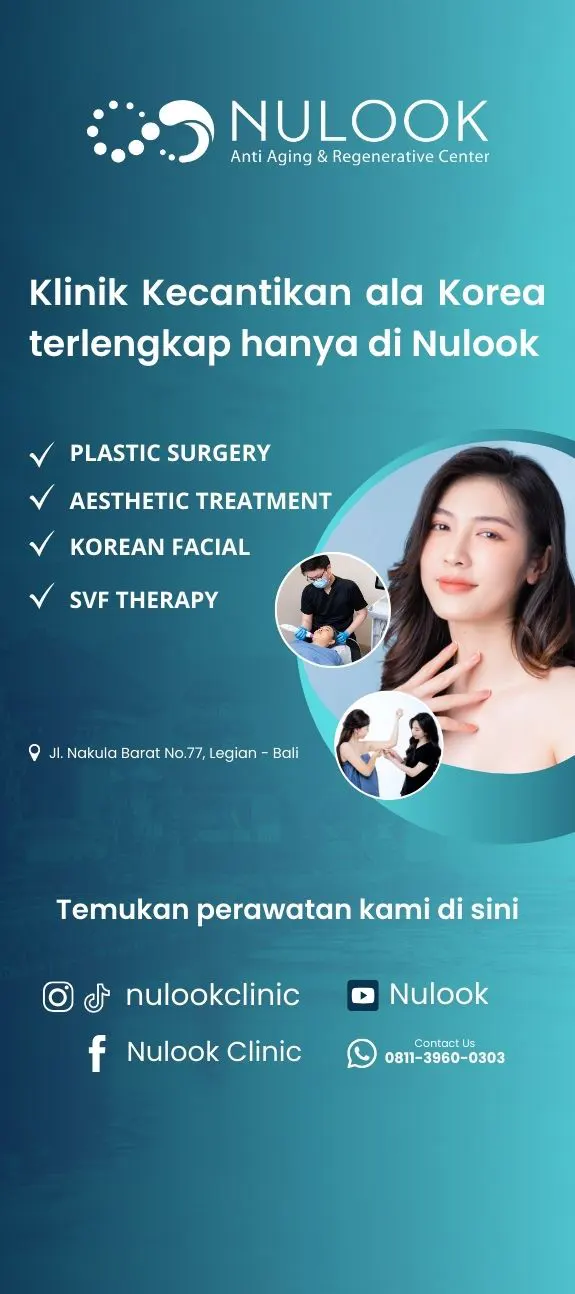How to Remove Facial Scars: The Best Tips for Clear, Scar-Free Skin
Author: Nulook ExpertiseReview by: -You may have experienced issues with facial scars that make you feel less confident. Don’t worry, because you are not alone! Facial scars can be caused by various factors, from acne and burns to post-surgery marks. There are many ways to remove facial scars so you can regain your confidence.
This article will help you learn the best ways to remove scars so you can have smooth, confident skin again! So, keep reading and get ready to welcome a scar-free new face!
How to Remove Facial Scars
Never underestimate the power of consistent skincare, as it can help you achieve scar-free skin. Here are some tips:
1. Dermabrasion
Dermabrasion is a medical procedure where the top layer of the skin is scraped off using a special tool to produce new, smoother skin. It helps even out skin texture by reducing fine lines, wrinkles, hyperpigmentation, and acne scars. Although effective, dermabrasion requires consultation with a dermatologist due to its risks and necessary recovery time.
2. Microdermabrasion
Microdermabrasion is a method for removing acne scars by spraying abrasive materials onto the skin to lift dead skin cells. Then, a special vacuum device cleans the dead skin cells and abrasive materials from the skin. Although effective, consulting a skin expert is recommended before undergoing this procedure.
3. Chemical Peeling
Facial scars can be treated with chemical peeling, which effectively removes scars. This procedure involves applying a safe acid layer to the face’s surface. Chemical peeling helps remove the outer damaged or wrinkled skin layer, encouraging the regeneration of new skin cells.
Read Also: Skincare Application Order: A Guide to the Best Skincare Routine
4. Subcision
Subcision treatment is a medical procedure used to remove scars on the face or other body areas. This procedure involves injecting a filler material under the skin to lift deep or sunken scars. It works by creating a "tunnel" under the scar, separating the scar tissue from the skin above.
This allows the skin to heal naturally, diminishing the appearance of scars. Subcision treatment is usually performed by a dermatologist or skilled plastic surgeon. Before the procedure begins, the treated area is typically given a local anesthetic to reduce pain. Then, a filler material is injected with a small needle into the scar area, and applied pressure helps lift the scar tissue from the skin above.
5. Microneedling
Microneedling treatment is a cosmetic procedure aimed at reducing the appearance of facial scars. This procedure involves using a special device with small needles at its tip. When the device is moved across the skin, the needles create tiny micro-traumas on the skin. This stimulates the production of collagen and elastin, two important proteins for skin healing and cell regeneration.
This process also helps promote skin rejuvenation and reduce the appearance of scars, including acne scars, surgery scars, and other scars. Microneedling treatment is usually performed at beauty clinics or by trained medical professionals. Before the procedure begins, the treated area is typically cleaned and given a topical anesthetic to reduce discomfort.
6. Derma Filler
Another effective way to remove facial scars is with derma fillers. By injecting products like hyaluronic acid, calcium hydroxyapatite, or Bellafill, the scarred area can be lifted. However, the effects are temporary and need to be repeated regularly to maintain the results. Before undergoing this procedure, consult a doctor or beauty expert to get recommendations suitable for your skin condition.
7. Healthy Diet and Lifestyle
Consume foods rich in antioxidants like fresh fruits and vegetables, and drink enough water daily to maintain your skin's moisture. Avoid smoking and excessive alcohol consumption, as both can damage collagen in the skin and slow down the healing process of scars.
Additionally, don’t forget the importance of getting enough sleep and managing stress, as both can affect your overall skin health.
Read Also: Men's Skincare Routine: The Secret to Healthy, Stylish Skin
Factors Causing Scars on the Face
Facial scars can be caused by various factors. Here are some common factors that can cause facial scars:
1. Severe Acne
Severe acne, often referred to as cystic acne, develops deep within the skin and tends to be larger, more inflamed, and filled with pus. This type of acne can be a major cause of facial scars. Severe acne often causes deeper and more severe skin damage compared to regular acne.
The intense inflammation around the acne area can damage the skin tissue and lead to scarring when the acne heals. The inflammation process in severe acne can damage the collagen and elastin structure in the skin. Collagen and elastin are important proteins for the strength and elasticity of the skin.
2. Chickenpox
Chickenpox, or varicella, is a viral infectious disease caused by the varicella-zoster virus. Chickenpox can cause facial scars, especially if there is excessive picking or inflammation of the skin during the healing phase. Chickenpox rashes typically appear as small, inflamed blisters all over the body, including the face. When the blisters break or are scratched, the resulting wounds can become larger and more open, increasing the risk of scarring.
The varicella-zoster virus infection can cause significant inflammation in the skin, especially if the chickenpox blisters are irritated or infected. Severe inflammation can damage skin tissue and increase the risk of scarring.
3. Habit of Popping Pimples
When you pop pimples, the pressure applied to the skin can cause trauma to the area. This can damage the skin tissue and disrupt the natural healing process, increasing the risk of scarring.
Popping pimples can worsen existing inflammation. Blood and fluid trapped in the pimples can be released and cause infection to the surrounding area, leading to more extensive inflammation and increasing the likelihood of scarring.
Read Also: How to Remove Textured Skin: Key to Smoother and More Even Skin
4. Lack of Collagen
Collagen is the main structural protein in the skin responsible for providing strength, elasticity, and structure. A lack of collagen can be a cause of facial scars because adequate collagen is needed for optimal skin healing.
Collagen plays a crucial role in the skin healing process. When the skin is damaged, such as from wounds or acne inflammation, the body produces new collagen to help repair the tissue. However, if the body lacks collagen, the healing process can be impaired and result in more noticeable scarring.
5. Worsening Inflammation from Touching
When you touch or pop inflamed areas, such as pimples, you can worsen the existing skin damage. Pressure or friction applied to already inflamed areas can further damage the skin tissue and increase the risk of scarring.
Touching inflamed areas can spread the infection to healthy skin areas. This can lead to more extensive and severe inflammation, which in turn can increase the likelihood of scarring.
To remove facial scars, there are many treatment options to consider, ranging from topical treatments to more advanced and effective medical procedures. One notable device for treating scars is the Fraxis Duo. Fraxis Duo combines Resurfacing Technology and Microneedling RF in one tool, providing the best solution for improving skin texture and addressing skin irregularities like scars or pockmarks.
The fractional medical process used in this device can stimulate collagen growth, which is important for the skin healing process, thereby helping to effectively remove scars. At Nulook, the first Korean Beauty Clinic in Bali, Fraxis II services are available to provide the best solution for those who want to remove facial scars with satisfying and safe results. So, don’t hesitate to schedule a consultation at Nulook and find the best solution for more beautiful and scar-free facial skin.
Source :
- https://www.ncbi.nlm.nih.gov/pmc/articles/PMC5749614/
- https://www.aad.org/public/diseases/acne/derm-treat/scars/treatment
- https://www.healthline.com/health/acne-scars#raised-scars


